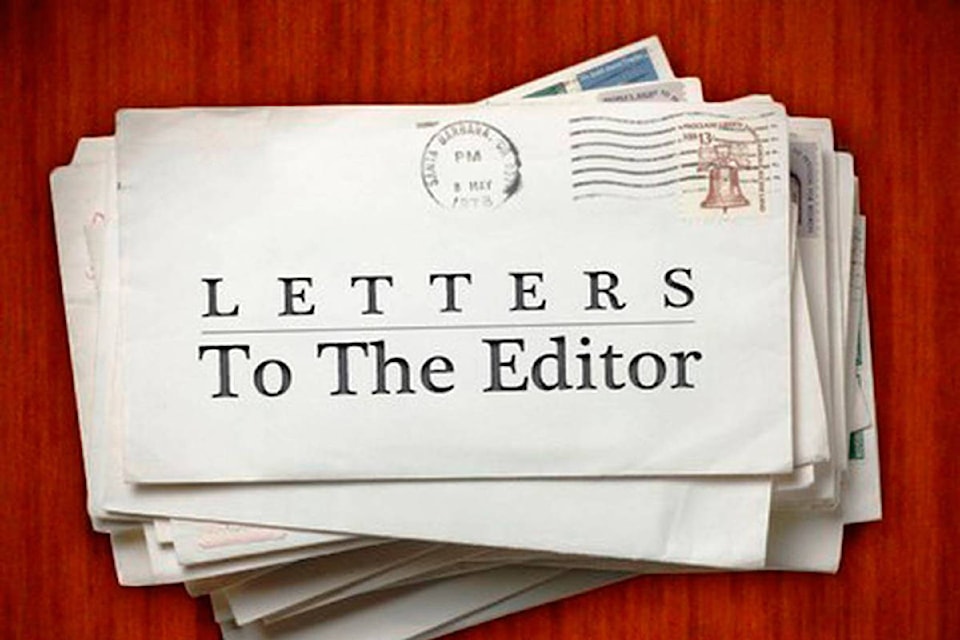To the editor:
The B.C. Government has introduced legislation to hold a province-wide referendum in the fall of 2018, which will ask if British Columbians want to keep our current voting system.
This system allows the candidate receiving the most votes in an electoral constituency to represent it as an MLA in Victoria.
Sometimes referred to as the First Past The Post (FPTP) system it has been used in all but two elections in B.C. The only exception, I believe, were the provincial elections of 1952 and 1953, which used an Alternate Vote System (AVS) referred to at the time as a �㽶��Ƶֱ���transferable ballot.�㽶��Ƶֱ��� It required voters to rank their first, second or more choices on their ballot. A candidate receiving a majority of first choices was elected on the first count. Otherwise, a series of recount and re-distribution of votes took place until a candidate emerged with 50 percent plus one of the votes.
The outcome of each election took nearly a month to determine and spoiled ballots averaged 8.5 percent. By the way, Australia reportedly has used this system since 1919 in electing their House of Representatives.
The result was an upset victory in 1952 for the then fledgling Social Credit League headed by W.A.C. Bennett who had crossed the floor to join Social Credit (party). Previously, he was an MLA representing the Conservative-Liberal Coalition government.
The Legislatures in both 1952 and 1953 consisted of 48 constituencies comprised of 36 single and 12 multi-members. Social Credit won 19 seats with the CCF (precursor to the NDP) 18 seats, and with Liberals and Conservatives winning six and four seats respectively.
This minority government lasted until 1953, when again, using the Alternative Vote, Social Credit was re-elected with a 28 seat majority. However, later in the year this voting method was abolished by the government and has not since been used in provincial elections in B.C.
The Alternative Vote is not the same system as the B.C. Single Transferable Vote (BCSTV) which was the choice of the B.C. Citizens Assembly on Electoral Reform and subsequently failed to find sufficient voter support in province-wide referendums held in 2005 and 2009.
No one system of voting is ideal and electoral reform can be complicated and somewhat difficult to propose and find the proper wording in a referendum as the federal Liberals learned to their dismay.
Bill Boyd, Kelowna
To report a typo, email:
newstips@kelownacapnews.com.
newstips@kelownacapnews.com
Like us on and follow us on .



